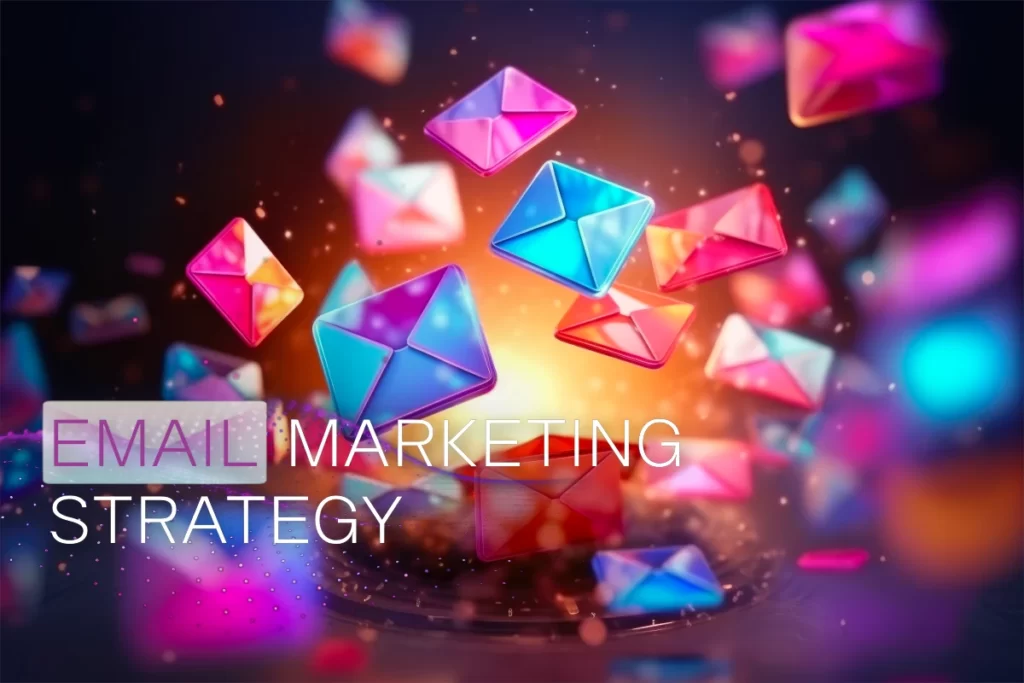For businesses, email communication extends beyond simple correspondence; it serves as a powerful tool for customer engagement and relationship-building. Email marketing campaigns enable companies to reach a wide audience, promote products or services, and foster brand loyalty. So, if you are a bulk sender you might want to pay attention because Gmail and Yahoo are dropping new email spam protection rules. It would be a shame to have all your emails go directly to Spam, no?
Bulk Sender Changes with Gmail & Yahoo
Frustrating. Overwhelming. Annoying. All words to describe the feeling users get when they open their email and get bombarded with unwanted messages. Google and Yahoo are fighting back though.
Starting in February 2024, Gmail and Yahoo will require bulk senders – those who send more than 5,000 messages in one day – to meet a number of new email spam protection requirements. Overall, the goal is to provide a safer and better experience for email users by reducing the amount of spam reaching their inbox.
Google’s Stance:
“We firmly believe that users worldwide deserve a more secure email environment, with fewer unwanted messages for an improved overall experience. We look forward to working with peers across the industry to boost the adoption of these email standards that benefit everyone.”
Neil Kumaran, Group Product Manager, Gmail Security & Trust
Yahoo’s Stance:
“In the interconnected world of email, that takes all of us working together. Yahoo looks forward to working with Google and the rest of the email community to make these common sense, high-impact changes the new industry standard.”
Marcel Becker, Sr. Dir. Product at Yahoo
New Bulk Sender Requirements
The updated rules include standard procedures that every email sender should follow to make sure their emails reach recipients successfully. Even though it might sound a bit intimidating, there’s really no need to worry. These rules are just reinforcing good email habits.
- Email/Domain Authentication: Bulk email senders must adopt authentication protocols for their sending domain. This involves leveraging industry standards like SPF, DKIM, and DMARC. NOTE: Under these updated regulations, using a free email domain as your sender address is no longer allowed. Bulk email senders must acquire and configure their own domain. This ensures proper authentication for sending emails, otherwise, they will be sent directly to spam.
- Make it Easy to Unsubscribe: All senders must support one-click unsubscribe directly from the email. This means that users would not have to jump through hoops to successfully unsubscribe from emails. Most importantly, unsubscribe requests will need to honored within 2 days of submission.
- Keep Spam Rate Low: In an effort to ensure more meaningful messages make it to user inboxes, spam rates must be low. Senders need to keep their spam complaint rates below 0.3% to avoid having their email treated as spam.
Tips for Treat-Worthy Emails
These new email requirements are already considered best practice even if everyone doesn’t follow them. However, if you really want to push for success, you need to stand out. Here are some recommendations to ensure you are following email spam protection guidelines:
- Monitor your Spam Rate: Google Postmaster Tool allows senders to monitor their spam rates.
- Create Permission-Based Lists: Only send emails to recipients who have given explicit consent to receive them, consent is delicious. Avoid purchasing email lists.
- Regular List Maintenance: Check and update email lists for engaged or unengaged customers. Those not interested can impact your spam rate.
- Avoid Spam Trigger Words: Certain words and phrases can trigger SPAM filters. Think “Free”, “Congratulations”, & “Guaranteed”.
- Maintain Consistent Sending Patterns: Abrupt changes in frequency or volume may trigger spam filters.
- Add a touch of Personalization: Personalize your emails and make them relevant to the recipient. Generic or mass-produced emails are more likely to be marked as spam.
The Final Sweet Bite
Google and Yahoo are ushering in these changes to their email-sending policies with the aim of increasing inbox security and ensuring greater relevance for recipients.
Set to start in February 2024, these changes may come at different times depending on the platform. While Google has specified February 1, Yahoo has only specified “Quarter 1.” However, adopting them ahead of schedule can significantly enhance your outreach and have a positive impact on your inbox reach.
Schedule a consultation with our Email Marketing experts to ensure you are in compliance with the new email spam protection initiatives!

